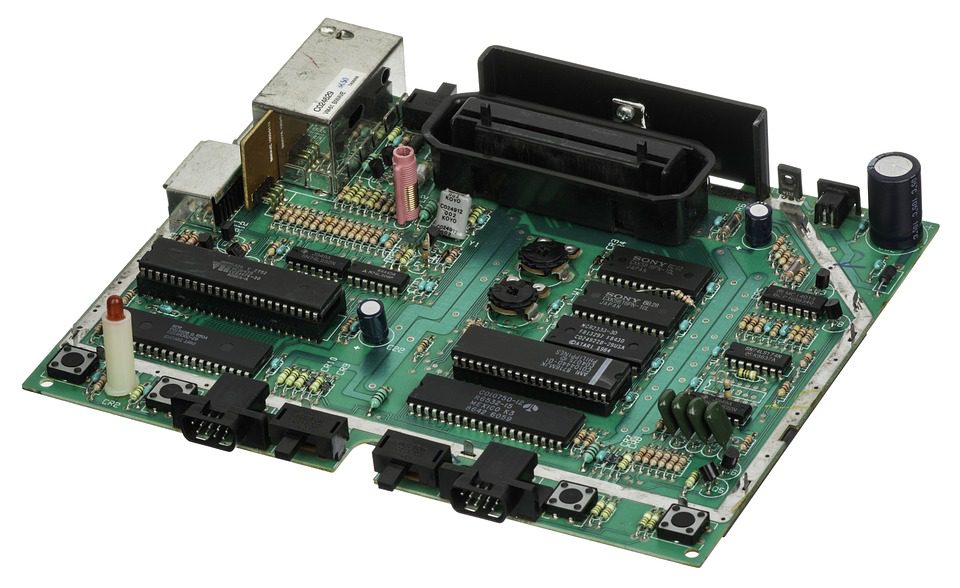A computer motherboard allows all other computer parts to get power and communicate with each other. The first motherboard supported very few components, but the present-day iteration now offers a wide range of built-in features.

(Pixabay / skeeze)
The main job of the motherboard is to hold the microprocessor chip that most every other peripheral connects to—usually through ports or slots. Motherboards have form factor – the layout and shape that affects where the individual parts will be placed and how they will fit into the case. Most motherboards have a standard size and shape to fit most cases.
A motherboard has the following standard features:
- Socket for the microprocessor
- Chipset
- Basic input/output system
- Real time clock chip
The motherboard has the following ports and slots:
- Peripheral component interconnect
- Accelerated graphics port
- Integrated drive electronics
- Universal serial bus or firewall
Newer motherboards also incorporate additional technological advances including RAID (redundant array of independent discs), PCI Express, on-board sound, and networking video.
In the early days, the CPU connected to the motherboard using a standard pin grid array (PGA) that fit into a standard socket layout, called Socket 7. Current manufacturers of CPUs are now using a variety of PGAs, giving rise to different socket arrangements. This means that CPUs manufactured by different companies will not fit into the same socket arrangement anymore.
Components of the motherboard
The chipset is how the central processing unit (CPU) communicates with other elements of the motherboard. With a standard PC, the chipset has two parts – the northbridge and the southbridge.
The bus circuit connects the parts of the motherboard. A fast bus can handle a lot of data at one time. Bus speed is measured in megahertz (MHz), which refers to the amount of data that can be moved across the bus simultaneously.
The chipset and busses control the speed at which the motherboard communicates with other parts of the computer. RAM speed connection controls the speed of how the computer can access instructions and data. The amount of available memory determines how much data the computer can make available. RAM comprises the bulk of the computer’s memory. New computers have dual data rate (DDR) memory.
The motherboard is the main circuit board of a computer. At EMS Solutions, we specialize in printed circuit board assemblies. We do not send our business overseas where there is less regulation. Instead, we keep production in the U.S., allowing us to roll out safe, high-quality products, create more jobs, protect the environment, and offer top notch customer service.
